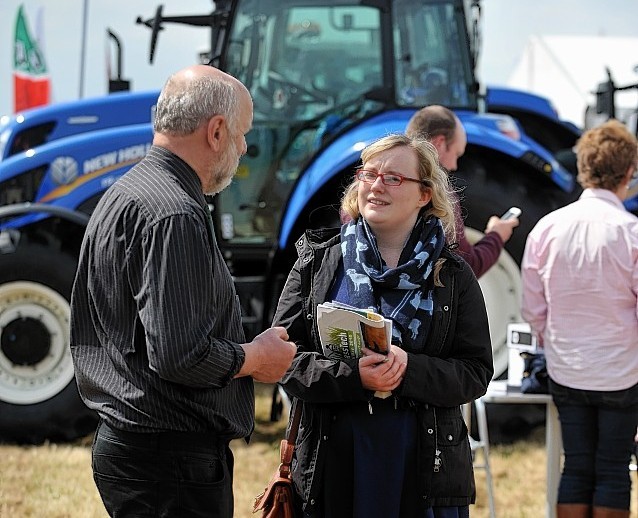A new clause within the upcoming Land Reform Bill is at risk of causing more harm than good.
The proposal, which will essentially allow secure tenancies to be sold [on for value], has sent ripples of unrest through the agricultural industry and re-ignited tensions between landlords and tenants.
Government had originally proposed allowing secure tenants to convert their tenancy into a long-term limited duration tenancy, which they could then sell on.
This was widely accepted by industry as a means of giving retiring tenant farmers an “exit option” from their farms.
However the proposal has been beefed up, in line with calls for a more radical bill, and government is now proposing that secure tenancies could be sold on as secure tenancies to “a new entrant or to a farmer progressing in the industry”.
The strength of feeling that has emerged, both for and against this proposal, has been staggering.
Landowners are wholly against it, warning of legal action saying it would be a breach of property rights.
They say it will prevent landowners from letting out land in future for fear of never getting it back.
Some tenant farmers on the other hand have welcomed the news (see Angus McCall’s column on page 9) and said it will bring confidence to the sector.
In his column, Mr McCall says the plans will “allow the next generation of farmers to move up the farming ladder and gain access to security of tenure and a proper footing on which to grow the farming business”.
And it’s not just landlords and tenant farmers who have voiced their opinion on the issue – owner-occupier farmers have warned it could put them off letting out farms until their children want to come back and farm.
At an NFU Scotland meeting in Thainstone this week, a heated debate erupted over the proposals where farmers were asked whether they thought they would result in more tenanted land coming to the market or less.
The general consensus was that it would result in less.
Whether or not the proposals are good or bad is not for me to comment on, however I do see the effect they are having on relations in the sector which up until now had come on in leaps and bounds.
In the past 18 months, the Scottish Tenant Farmers Association, Scottish Land and Estates and NFU Scotland have worked together and agreed codes for limited partnerships, rent reviews, tenants’ improvements and landlord and tenant farmer obligations.
Why on earth is the Scottish Government so hell-bent on reversing this good work by introducing such a divisive proposal?
Sticking to the original plan of converting secure tenancies to limited duration tenancies and then selling them on for value would have been sufficient.
